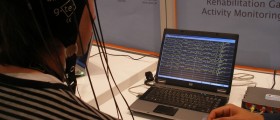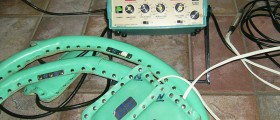
Different from what they used to be
When we compare the general outlook of the hearing aids available to us today, it can safely be said that they differ to a great extent not only from those dating hundred or fifty years ago, but also from the hearing aids that existed only, for example, five years ago. Having in mind the entire and all-encompassing history of these devices that aid people suffering from hearing impairments, it must be pointed out that it is extremely far reaching and colorful. In this sense, it is known that those hearing aids produced long ago were able to function properly even without any electricity, whereas those earliest electric driven models exceeded their size just to much to be able to be regarded as completely portable. However, in comparison to them, those models people are offered today are more indistinguishable, i.e. discrete, more light, and they hold the ability to be adjusted for different environments, amplifying the sound without any hindrance and distortion whatsoever.
The hearing aids caught the eye of the general public as much as two hundred years ago, when they were available in the form of ear trumpets. However, the previously mentioned trumpets were just too large in size, and thus represented more of a nuisance and unpleasant thing, providing that most basic sound amplification functions, and functioning without any electricity whatsoever.
The birth of a new age, and new hearing aids
What influenced and further determined the rapid development of the hearing aids are two essential stepping stones that came in the form of the advent of electricity and Graham Bell's work on the telephone, i.e. a device that held potential and the ability to increase the strength of the sound by way of carbon microphone, which was combined with a battery. Furthermore, with the technological progression, in the early 1920s, the entire technology in question incorporated the employment of the vacuum tubes that enabled significantly efficient and more productive method for sound amplification. Despite these great discoveries early on, the initial hearing aids were quite known for their size, thus being quite troubling, especially in term of their size and the ways they were to be carried around.
Given the fact that hearing aids were of quite substantial size, in order for this size to be diminished, the batteries as such needed to be reduced in size. As soon as 1930s arrived, the hearing aid technology made such unique progress, enabling the production of hearing aid devices that could be carried around without any effort, i.e. those portable ones.

















Your thoughts on this
Loading...